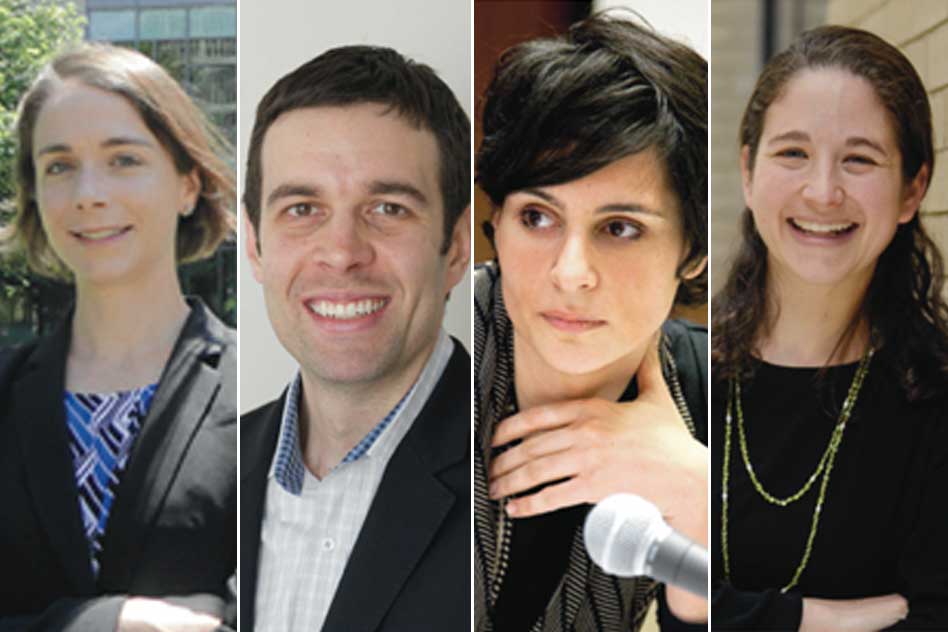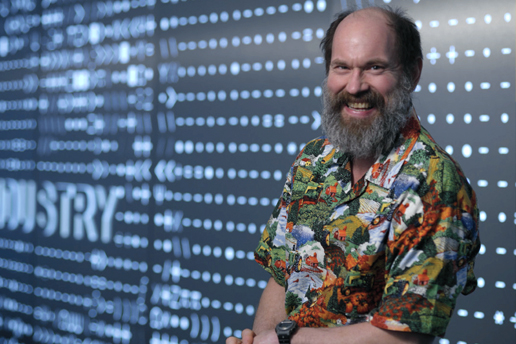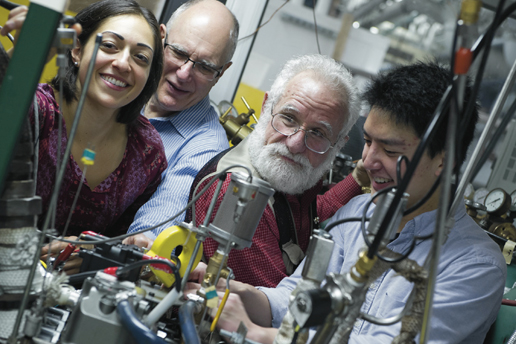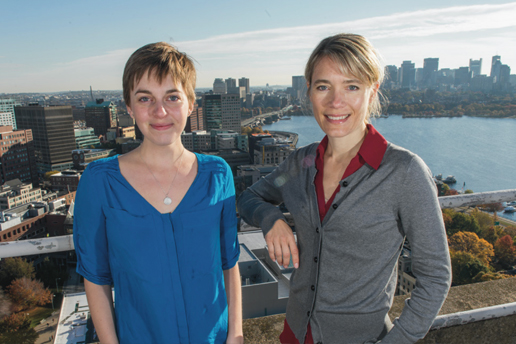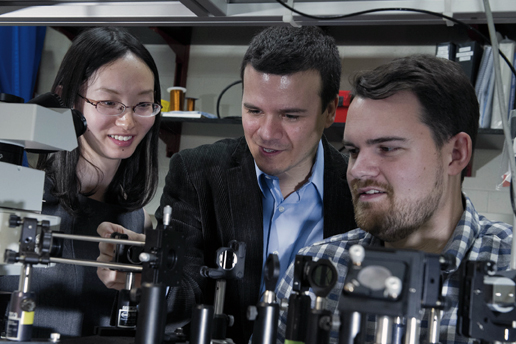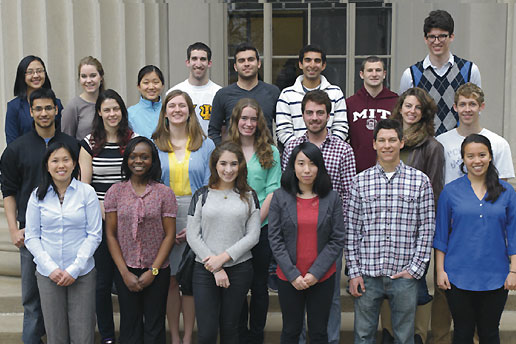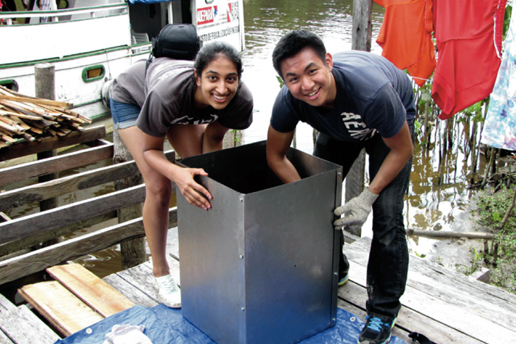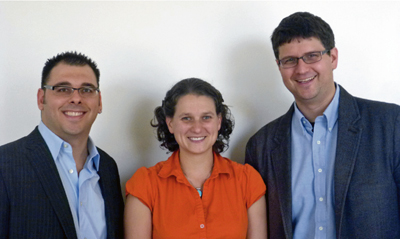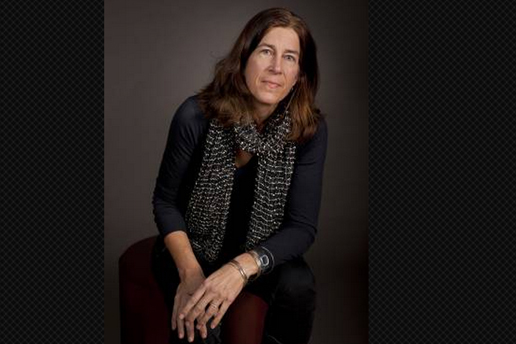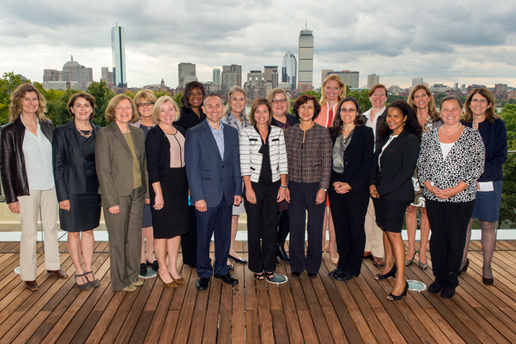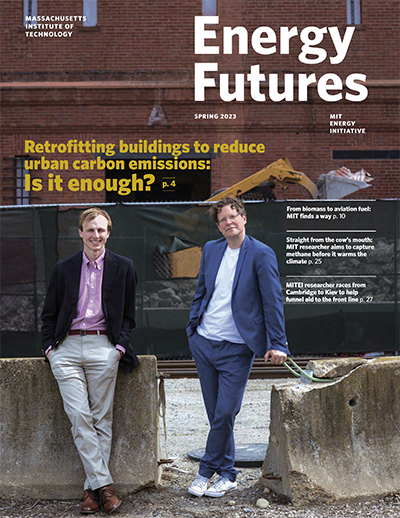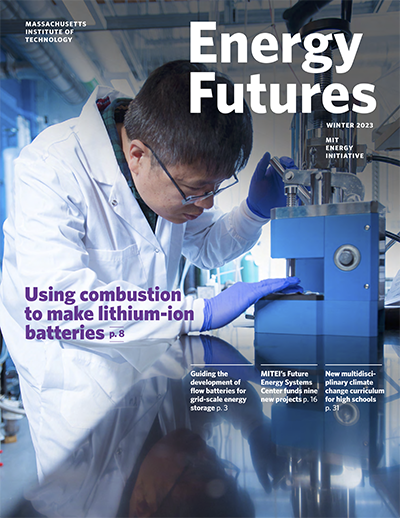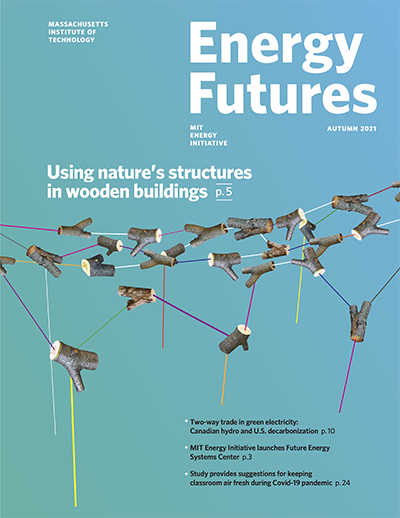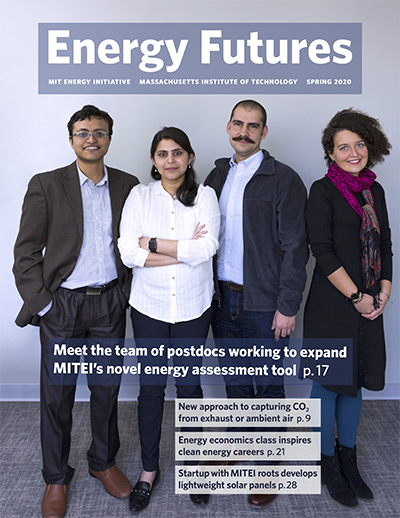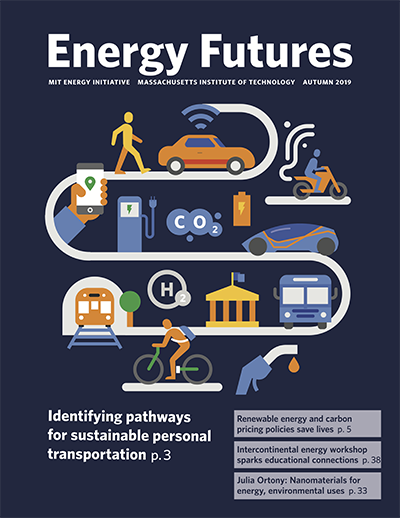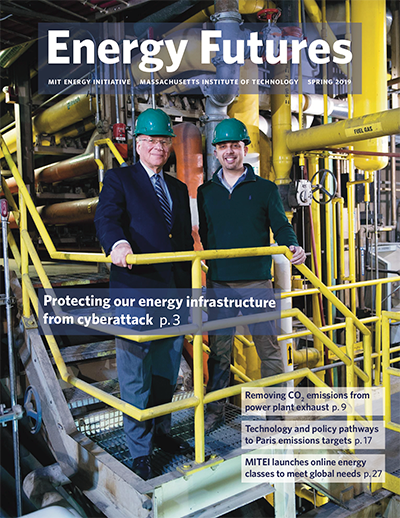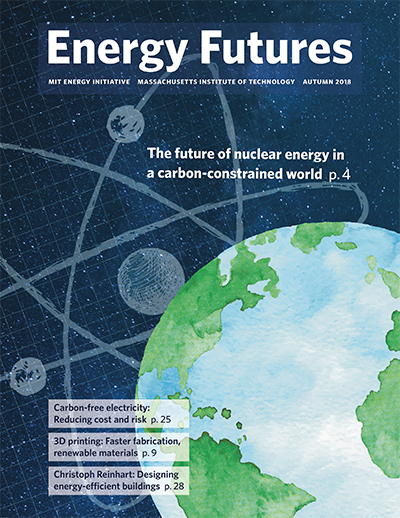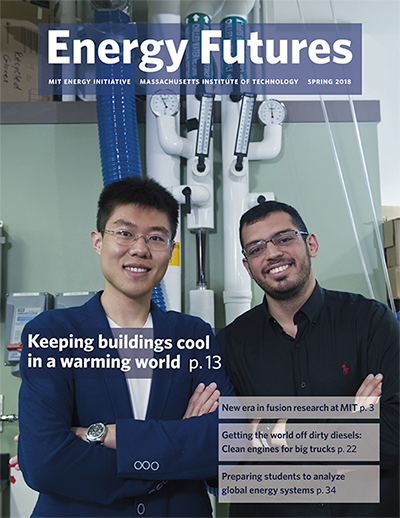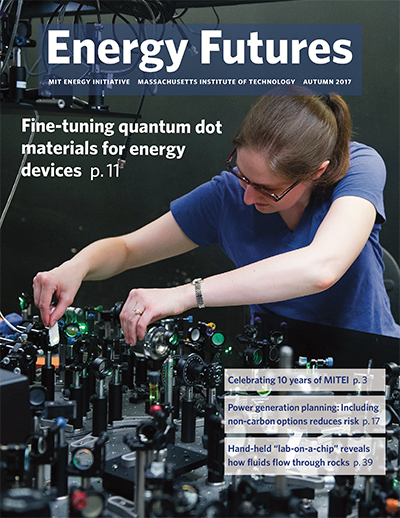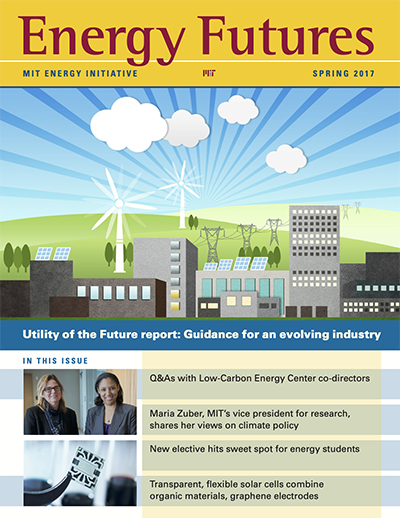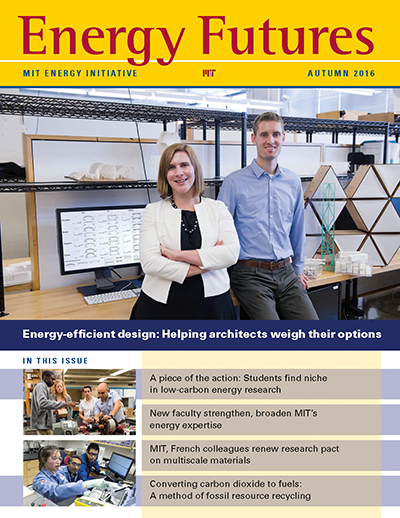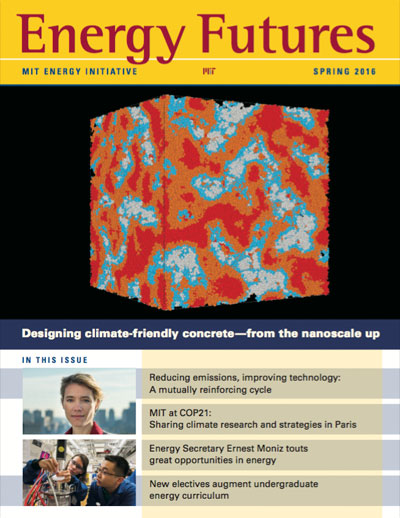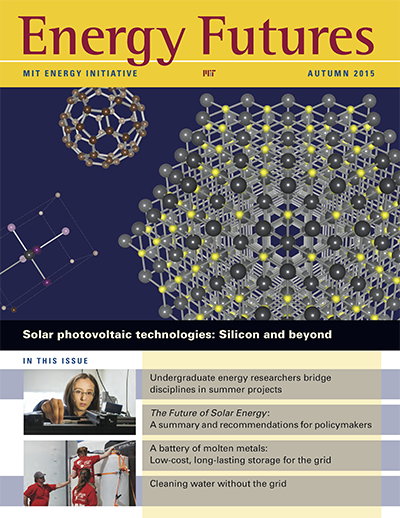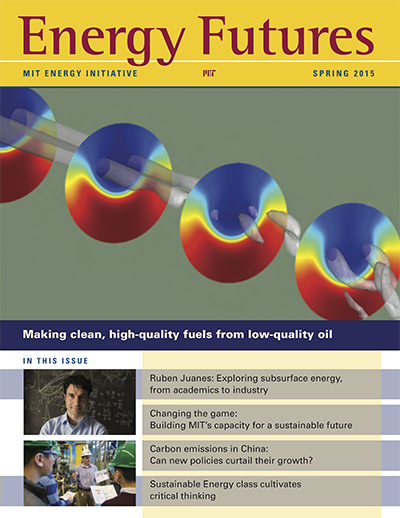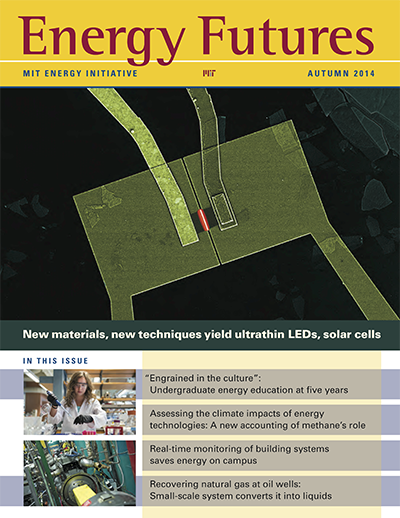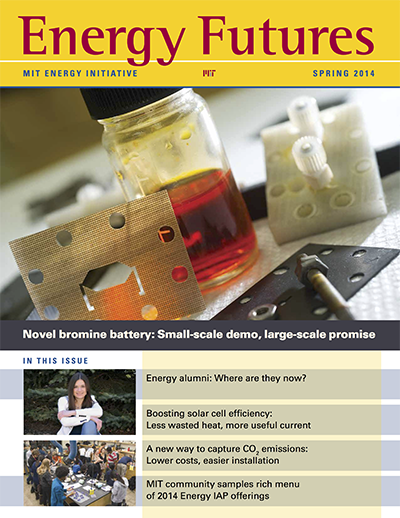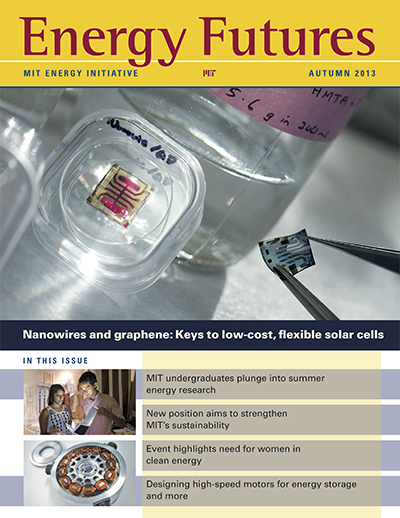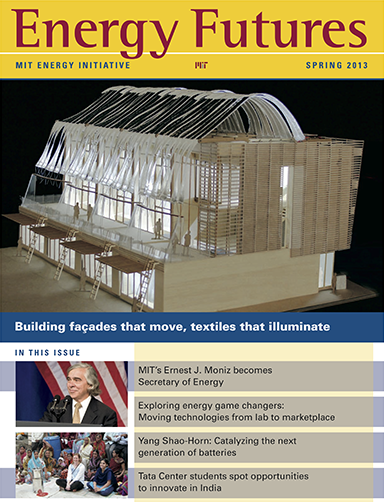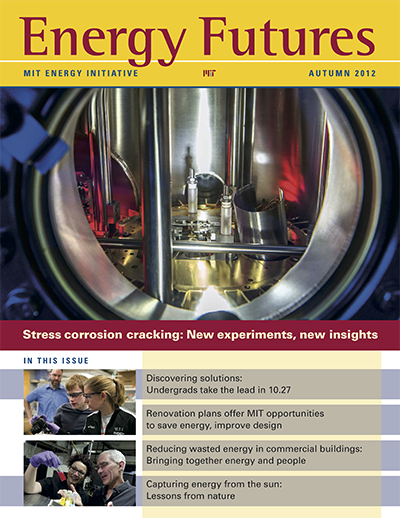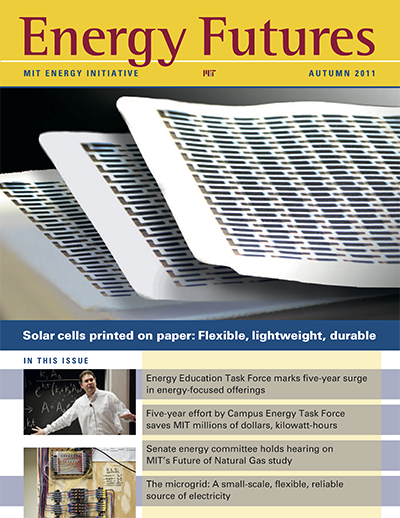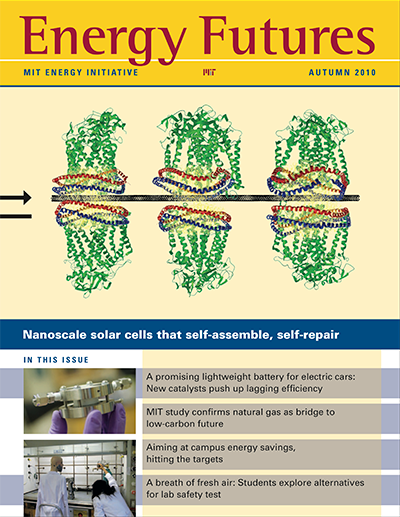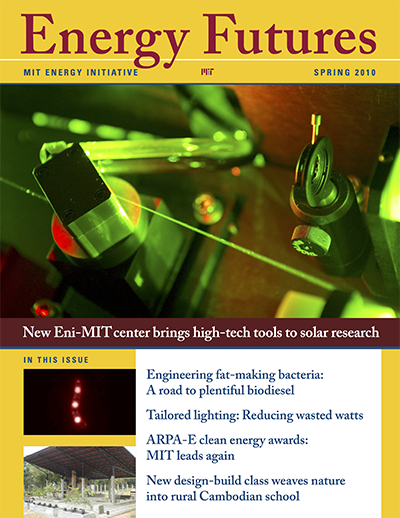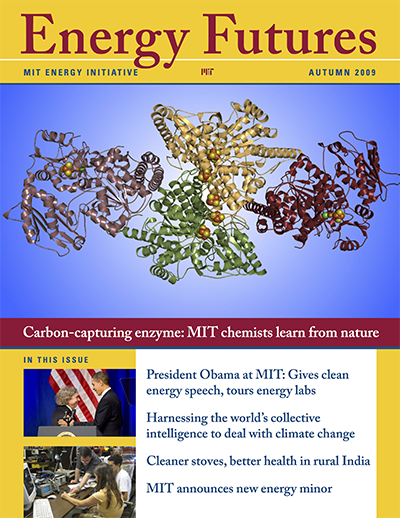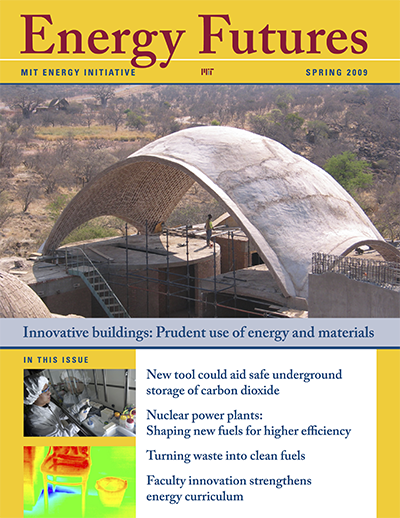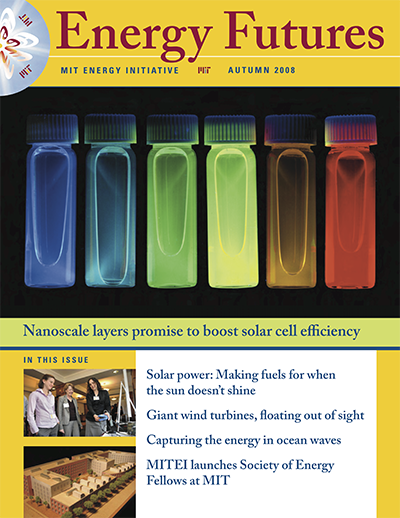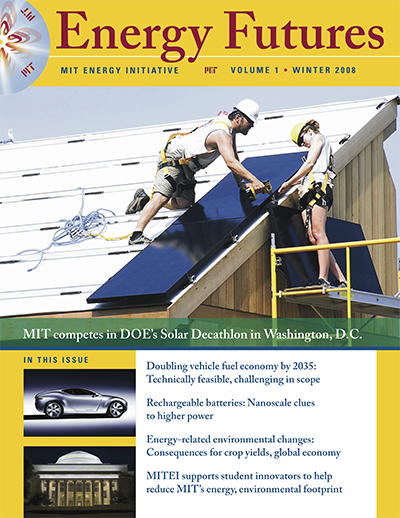Letter from the director
Dear friends,
During the past several months, there has been clear evidence of a growing focus on climate change: President Obama has proposed climate regulations; hundreds of thousands of people—including some MIT students—filled the streets of New York during the Climate March in September; and frequent headlines have highlighted the international community’s ongoing preparations for the 2015 Paris talks. With the possibility of significant climate action in our future comes the reality that we must prepare our energy system for change—in both the near term and the distant future. But how?
The MIT Energy Initiative (MITEI) already has some answers to that question and is hard at work coming up with more. Since before the launch of MITEI, MIT faculty and research staff have joined hands to produce comprehensive, interdisciplinary analyses focused on our energy future. All of these “Future of…” studies have been predicated on the same basic thesis: Sooner or later, we’ll be living in a carbon-constrained world. How do we meet the challenge of increased energy demand in the face of carbon constraints? What technologies can we realistically use? What do we need to do to get those technologies deployed? And what critical policy challenges and opportunities will we encounter?
Our “Future of…” studies attempt to answer those and other questions by assessing various pathways to a low-carbon future. Thus far, our studies have addressed nuclear, coal, geothermal, natural gas, and the electric grid. Early next year, we’ll release a “Future of Solar” report. We look forward to unveiling those interesting findings, which include updates on some of the technologies you may have read about in prior issues of this magazine—and will surely read about in future issues as the innovations continue to develop.
Each of these studies is meant to inform policy development, technology choices, and future research. And we believe they have succeeded in doing so. For instance, the US Senate Committee on Energy and Natural Resources held a hearing specifically on the findings of the “Future of Natural Gas” study. And the Obama administration—even before Ernest Moniz left MITEI to become secretary of energy—has largely been implementing our recommendations from that report. Namely, the federal agencies are taking advantage of the natural gas resources we have in the United States and using them to replace coal. (A major factor in the success of this substitution has been the continual innovation in producing shale gas and the resulting competitive price of gas in the marketplace.) At the same time, these agencies continue to invest in developing and deploying renewable energy technologies—a recognition that natural gas must serve as a bridge to a renewable future. This strategy is working. Carbon dioxide emissions have dropped.
While we continue to undertake, evaluate, and update these analyses, we are also embarking on a new project focused on preparing the electricity industry for a dramatically different future. Called “The Utility of the Future,” this study is vital because of the many changes impacting the electric power sector. For example, the drive to decarbonize our energy sources is increasing the deployment of energy generation from renewable sources such as solar and wind; breakthroughs in energy storage are creating new opportunities for on-site generation and storage; and changing patterns of electricity use—such as for powering plug-in electric vehicles—are altering demands and broadening what it means to be an electricity consumer and provider.
What do these changes mean for the future of the electricity sector? Will a new wave of distributed energy systems take shape? What new business models and regulations will emerge, and how will they transform the sector? With these and many other questions in mind, a team of researchers from across the Institute is working to determine how the electric power sector may evolve and how electricity services will be provided in the coming decades.
Meanwhile, the MIT community is taking the climate challenge and concerns about our future in a warming world very seriously. In fall 2014, the Institute launched an open, campus-wide conversation aimed at seeking broad input from the MIT community on how the United States and the world—and MIT itself—can most effectively address global climate change. Possible activities include a lecture series, panel discussions, and a survey in which all points of view within the MIT community are sought, presented, and discussed. The goal is to gather a list of key suggestions with associated pros and cons and present them in a report to the Conversation Leadership—of which I am a member.
As the community considers how MIT can best contribute, several roles are clear. As always, critical research projects at MITEI are exploring possible solutions for energy challenges all along the spectrum from sourcing to usage to associated environmental impacts. At MITEI, we believe our work is central to building a knowledge base about our future in the context of climate change coupled with significant growth in global energy demand. After all, discovering more efficient, cleaner ways to use the fuels powering much of our world today and developing cleaner energy sources that can power our future are at the heart of what we do.
Equally important is our role in preparing future technology innovators, policy makers, and thought leaders in our classrooms. MITEI’s flagship education program, the Energy Studies Minor, graduated its fifth and largest class in June 2014. Thirty-five students joined the ranks of undergraduate Energy Studies Minor alumni, and in so doing elevated the energy minor to third among MIT’s largest minor programs. In a survey of 2014 energy minor graduates, more than 95% of students indicated that they felt the minor provided them with an integrated, multidisciplinary perspective on the energy field via a curriculum with an emphasis on real-world problems. The strong reputation of the minor makes us optimistic about its continued growth. In the words of one 2014 graduate: “The fact that MIT has a minor entirely dedicated to the interdisciplinary study of energy was part of the reason I chose MIT, and I was not disappointed.”
As always, we thank you for your continued support and interest. Best wishes for the coming year ahead.

Professor Robert C. Armstrong
MITEI Director
